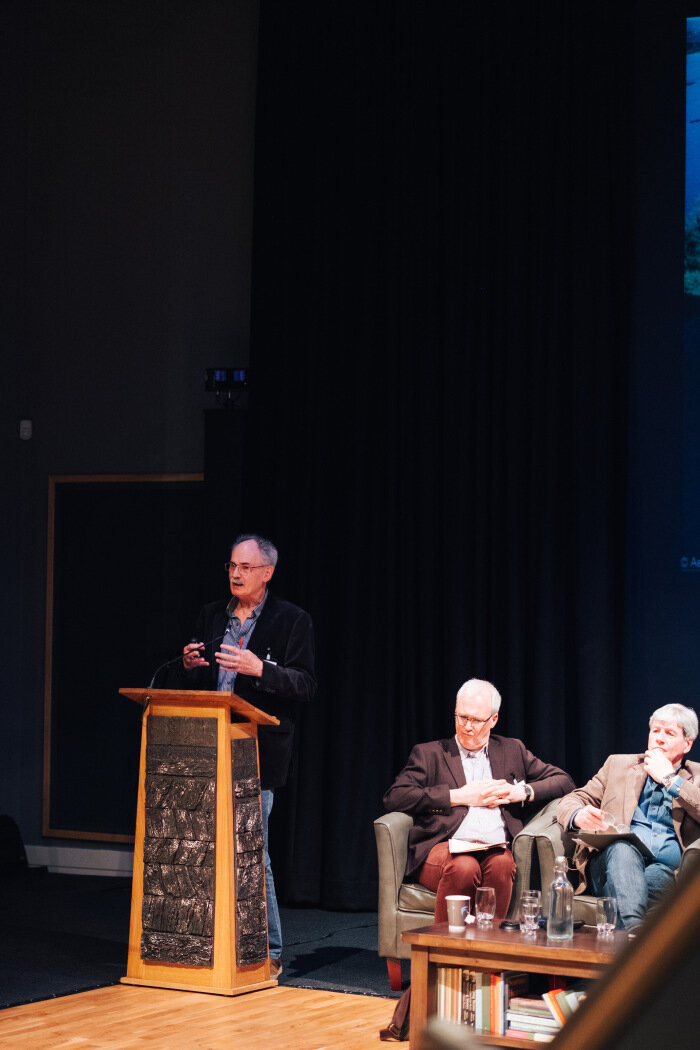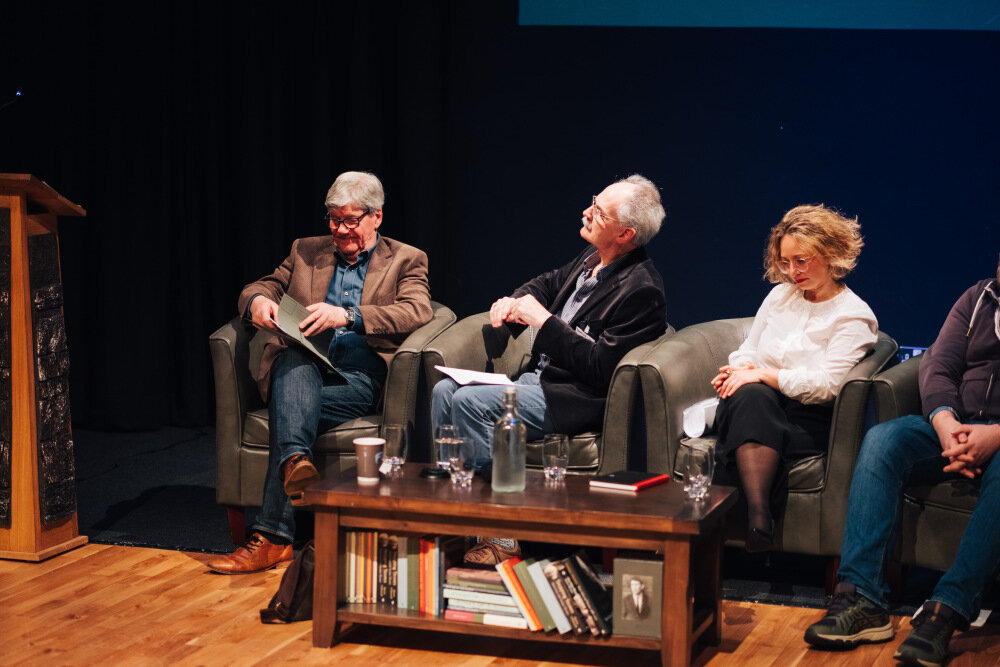Place-names are precious relics of times gone by, telling us not only about how our predecessors saw the world around them, but also preserves the rich language spoken by inhabitants of our native places over time. Bogland and Blackberries was hosted by the Northern Ireland Place-Name project at the Seamus Heaney Home Place Centre as part of the Northern Ireland Science Festival in February 2020.
With guest panellists from Queen’s University and local experts, the interactive event explored and discussed the names of the places that inspired works like Heaney’s Bogland, and talked about how treasures of the landscape and its people remain fossilised in the names around us today, much like they do in the written word.
Looking forward to next year’s event!
Panellists were as follows:
Mícheál Ó Mainnín
m.omainnin@qub.ac.uk
QUB (Northern Ireland Place-Name Project)
Multilingualism, shared space and the work of the NIPNP. Poems by Seamus Heaney in which the use of local place-names sheds a particular light on issues relevant to the topic
Seamus Mac Fhirleighinn
s.macfhirleighinn@btinternet.com
Bellaghy Historical Society
‘Our History – Leaving a Mark’: Various migrations of people to this area and their influence on the topography and other social, political, economic and cultural aspects of life.
Sarah Baccianti
S.Baccianti@qub.ac.uk
QUB (English)
Heaney’s translation of the Old English poem Beowulf. Home, homeland and the Vikings in Ireland, and how Heaney uses references to Ireland and Irish history in a poem set in a partly historical “once upon a time” Scandinavia.
Brian Johnston
b.johnston@qub.ac.uk
QUB (Geography)
Historical mapping and GIS
Sharon Arbuthnot
sja50@cam.ac.uk
University of Cambridge
Dictionary of the Irish Language and about the book A History of Ireland in 100 Words and Irish words that appear – often in Anglicised form – in Heaney’s poems (e.g. clabber, dulse, bog), the language behind the placenames Anahorish and Bellaghy, and the origin legend of Lough Neagh.



























